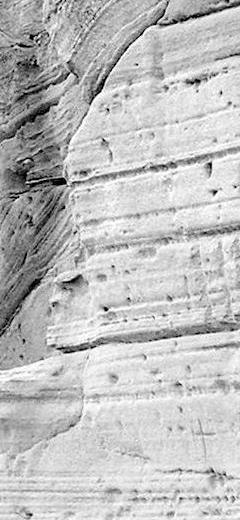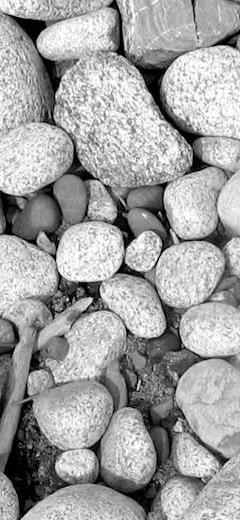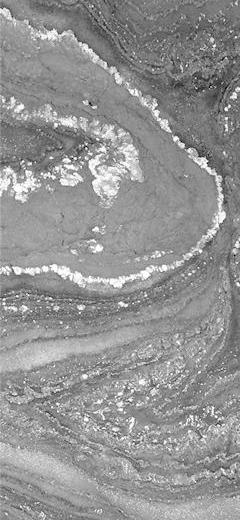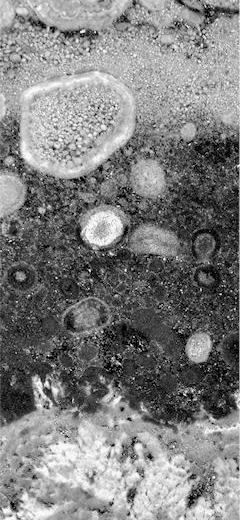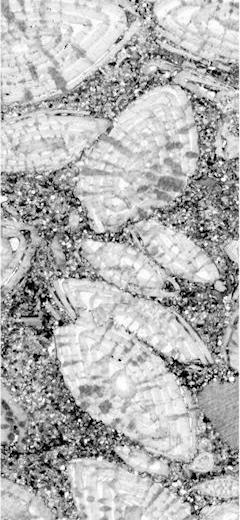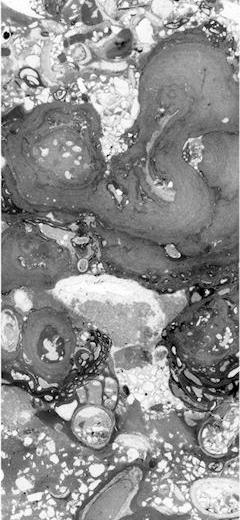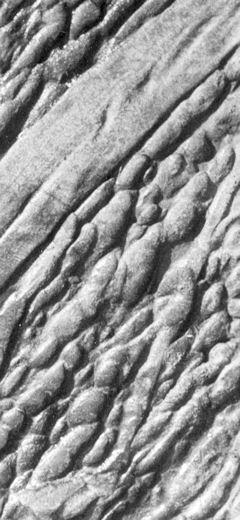ASGP (2025), vol. 95: 29–43
MÉLANGES AGAINST THE BACKGROUND OF THE GEODYNAMIC DEVELOPMENT OF THE PIENINY KLIPPEN BELT
Anna WAŚKOWSKA (*) & Jan GOLONKA
AGH University of Krakow, Faculty of Geology, Geophysics and Environmental Protection, Mickiewicza 30, 30-059 Kraków, Poland; e-mails: waskowsk@agh.edu.pl, golonka@agh.edu.pl
*) Corresponding author
Waśkowska, A. & Golonka, J., 2025. Mélanges against the background of the geodynamic development of the Pieniny Klippen Belt, Annales Societatis Geologorum Poloniae, 95: 29–43.
Abstract: Both tectonic and sedimentary processes (undersea mass movements) contributed to the formation of mélanges in the Pieniny Klippen Belt (PKB). The name Klippen Belt comes from the presence of “Klippen” (German for “cliffs”) in this structure, i.e., elements that contrast in elevation with the surroundings. The “klippen” that are harder and more resistant to erosion are located among less resistant clastic formations, i.e., sandstones, mudstones, and marls. These klippen are composed of limestone and siliceous rocks, deposited on the ridge and slope parts of the PKB basins. In contrast, the flysch complexes, containing sandstones, mudstones, and marls, were deposited in the deeper parts of these basins. Some of the klippen are olistoliths, i.e., homogeneous or complex rock blocks of various sizes that were moved by gravity to the deeper zones of flysch basins. Other klippen entered the flysch formations as a result of tectonic deformations that took place during orogenic movements. Collisions and relative shifting of lithospheric plates resulted in the formation of the structure of the PKB, the western segment of which takes the form of a flower structure, bounded on both sides by deep faults. After uplift, the PKB was subjected to erosion processes, which led to the removal of the less durable complexes to reveal the shallower limestone blocks, which today form the klippen, clearly visible in the landscape.
Manuscript received 4 December 2024, accepted 12 April 2025

